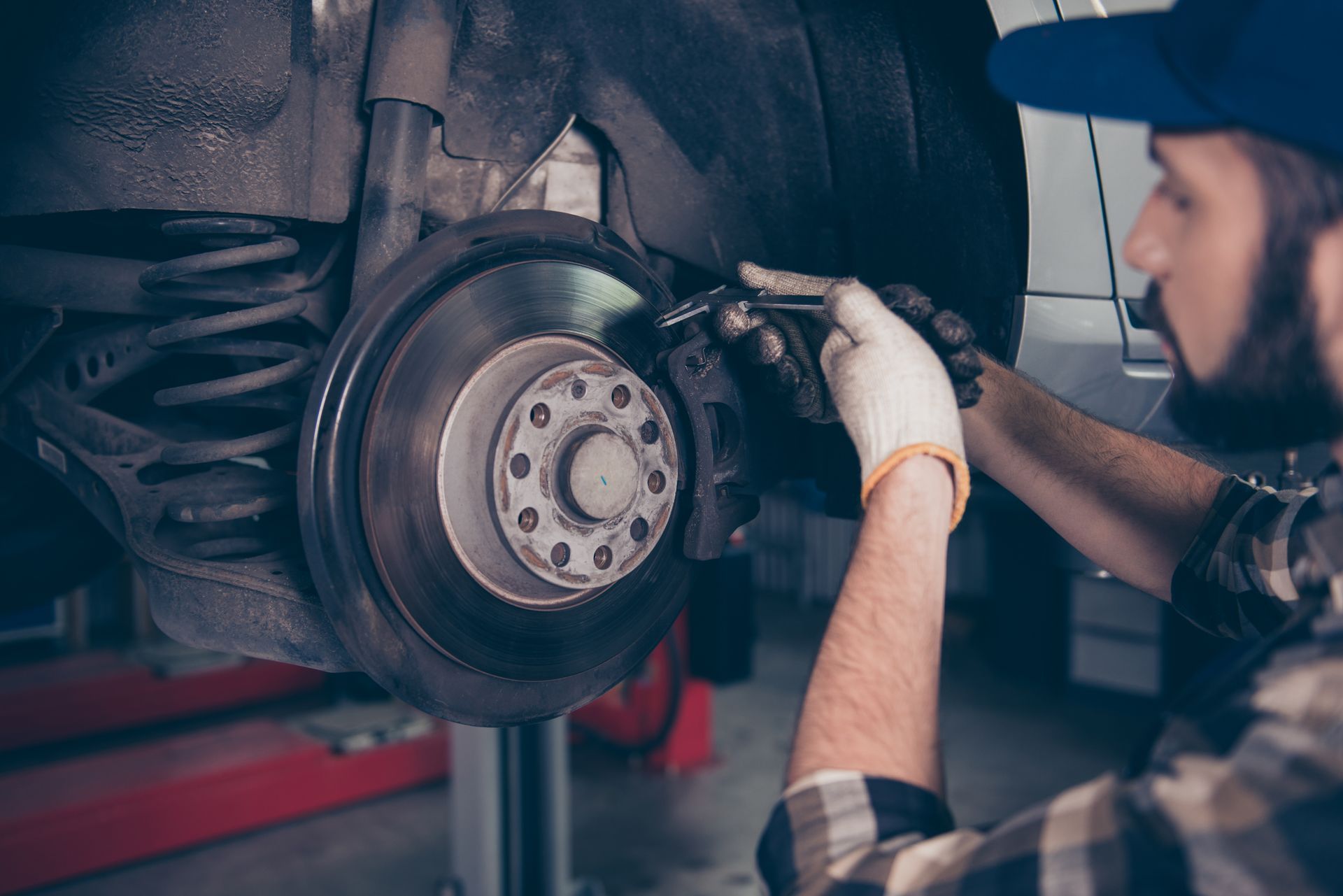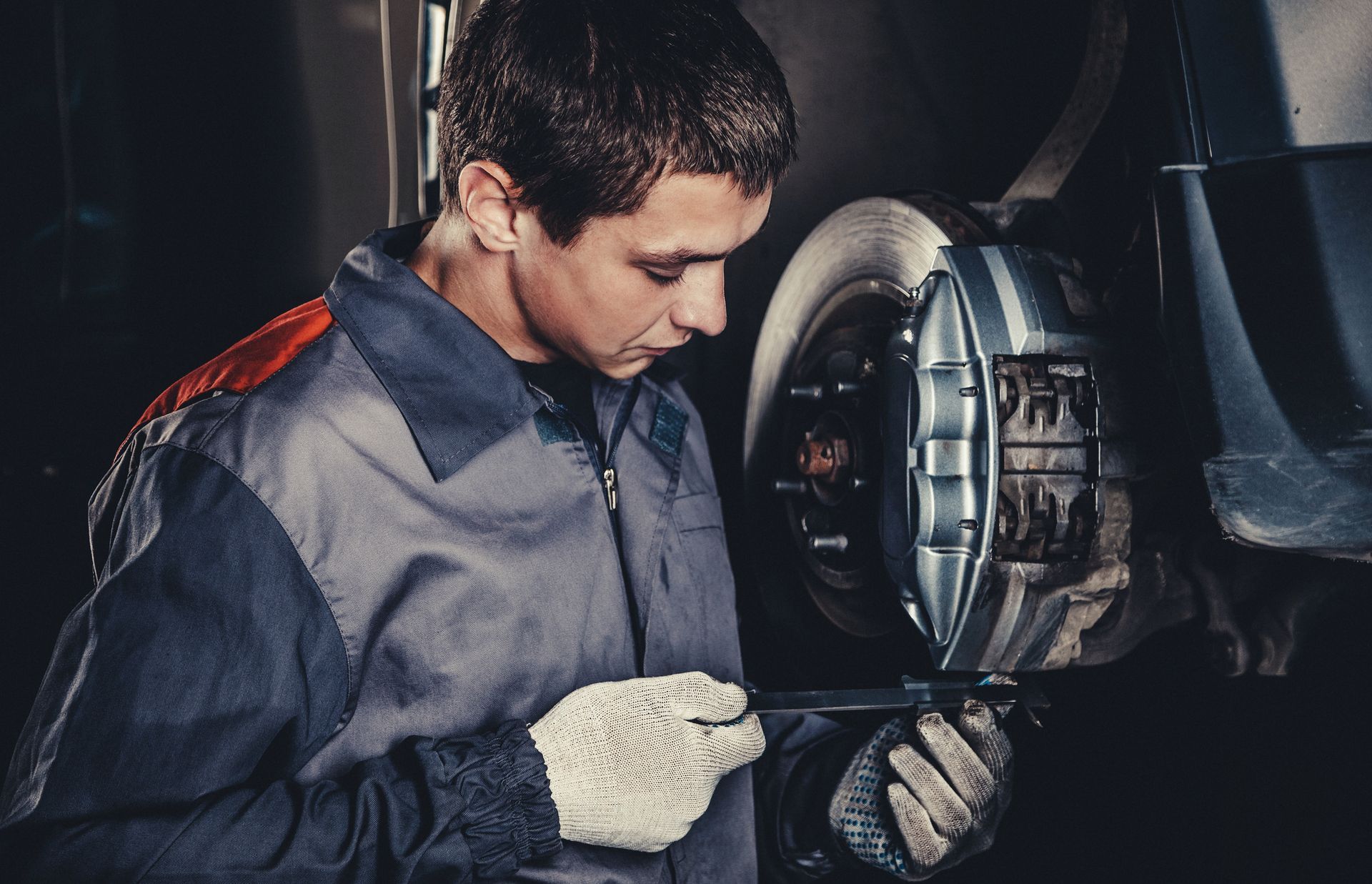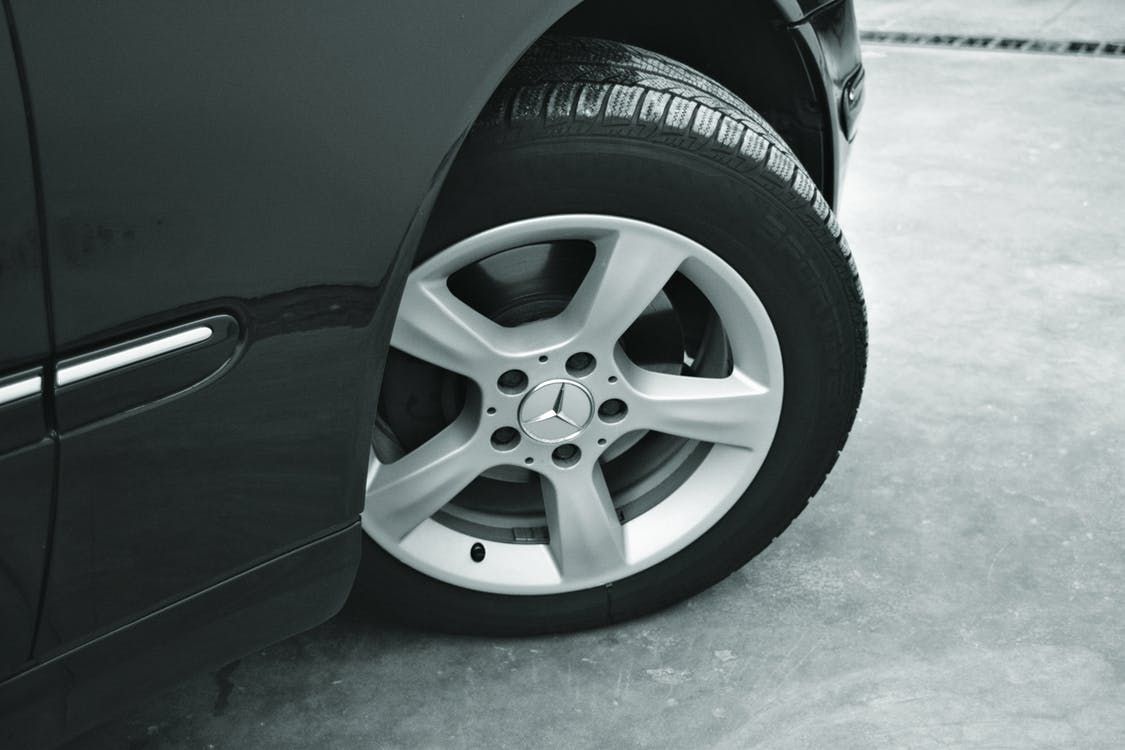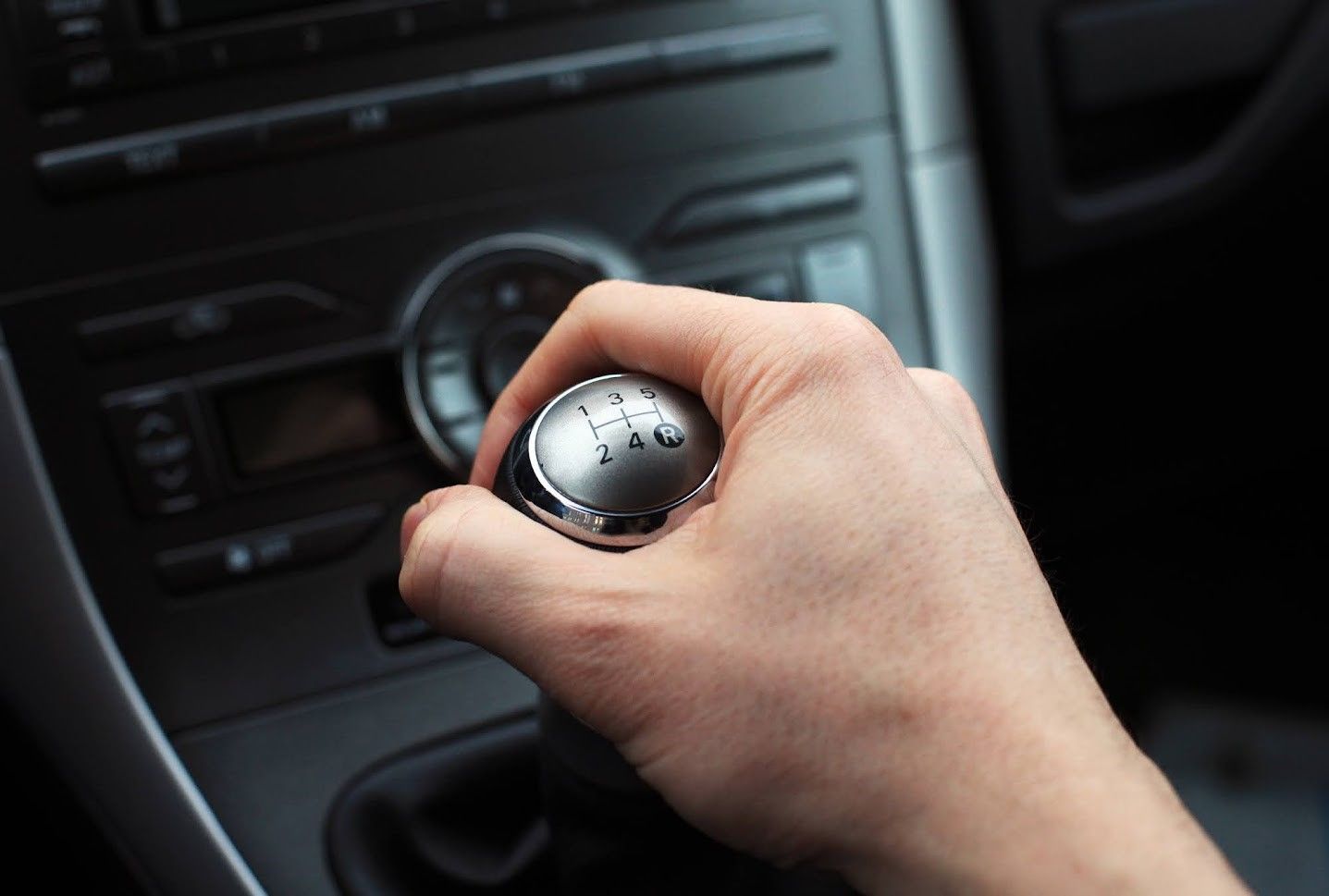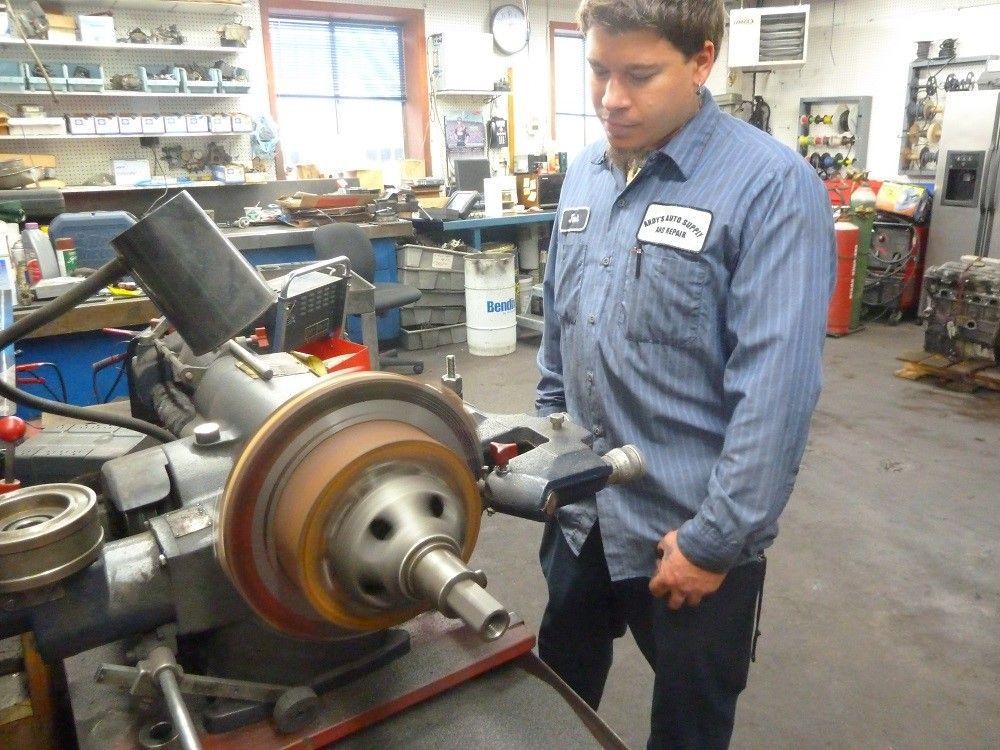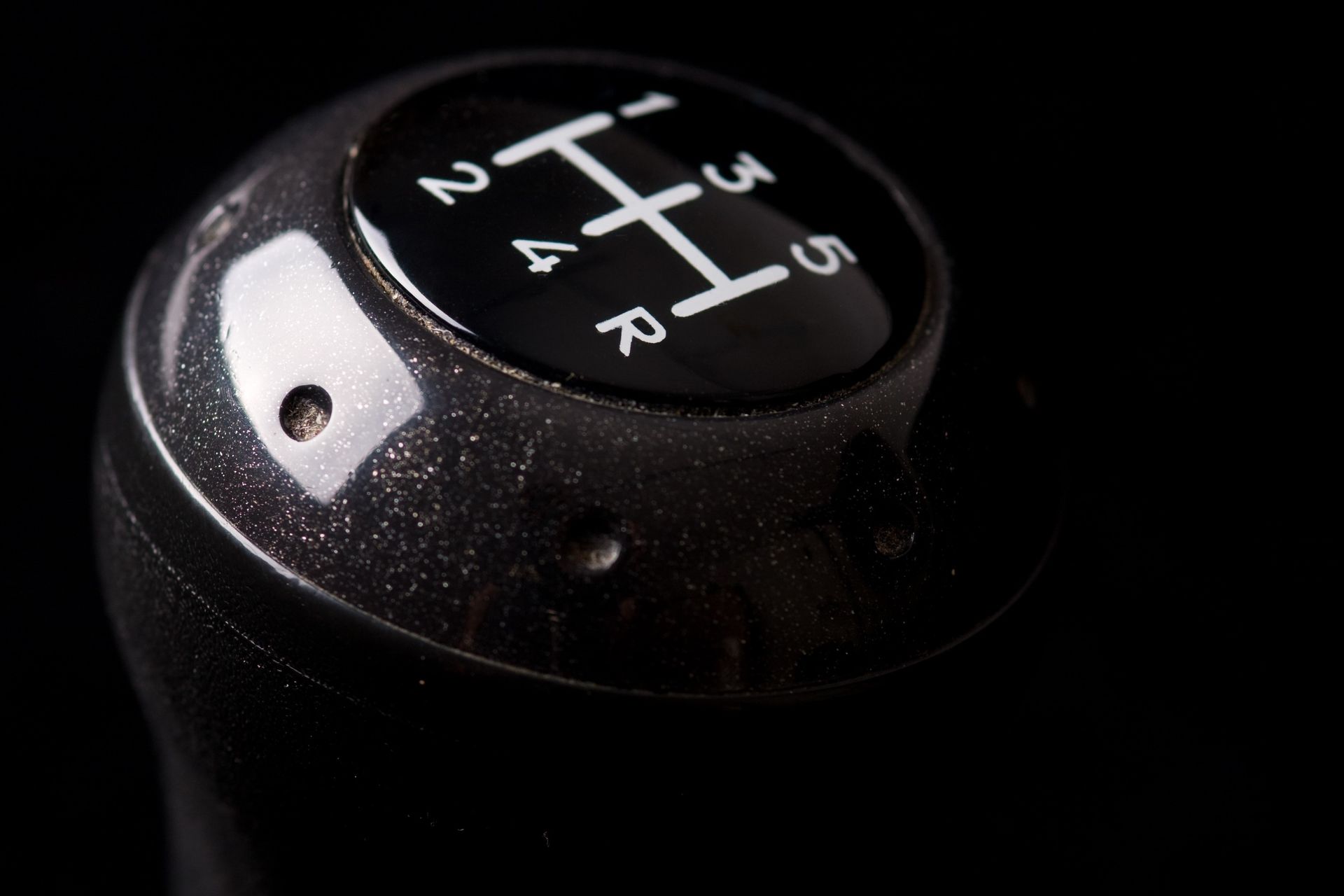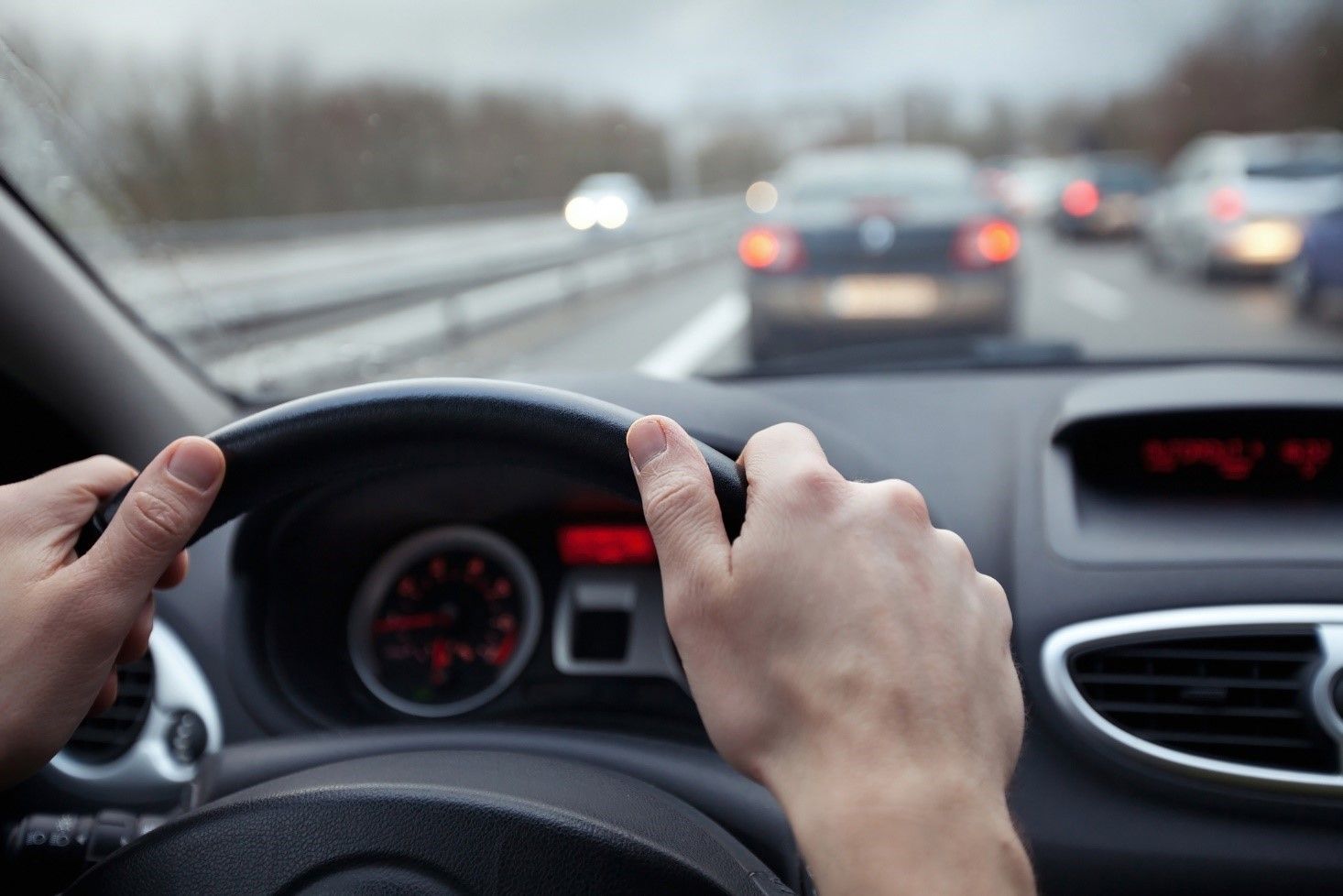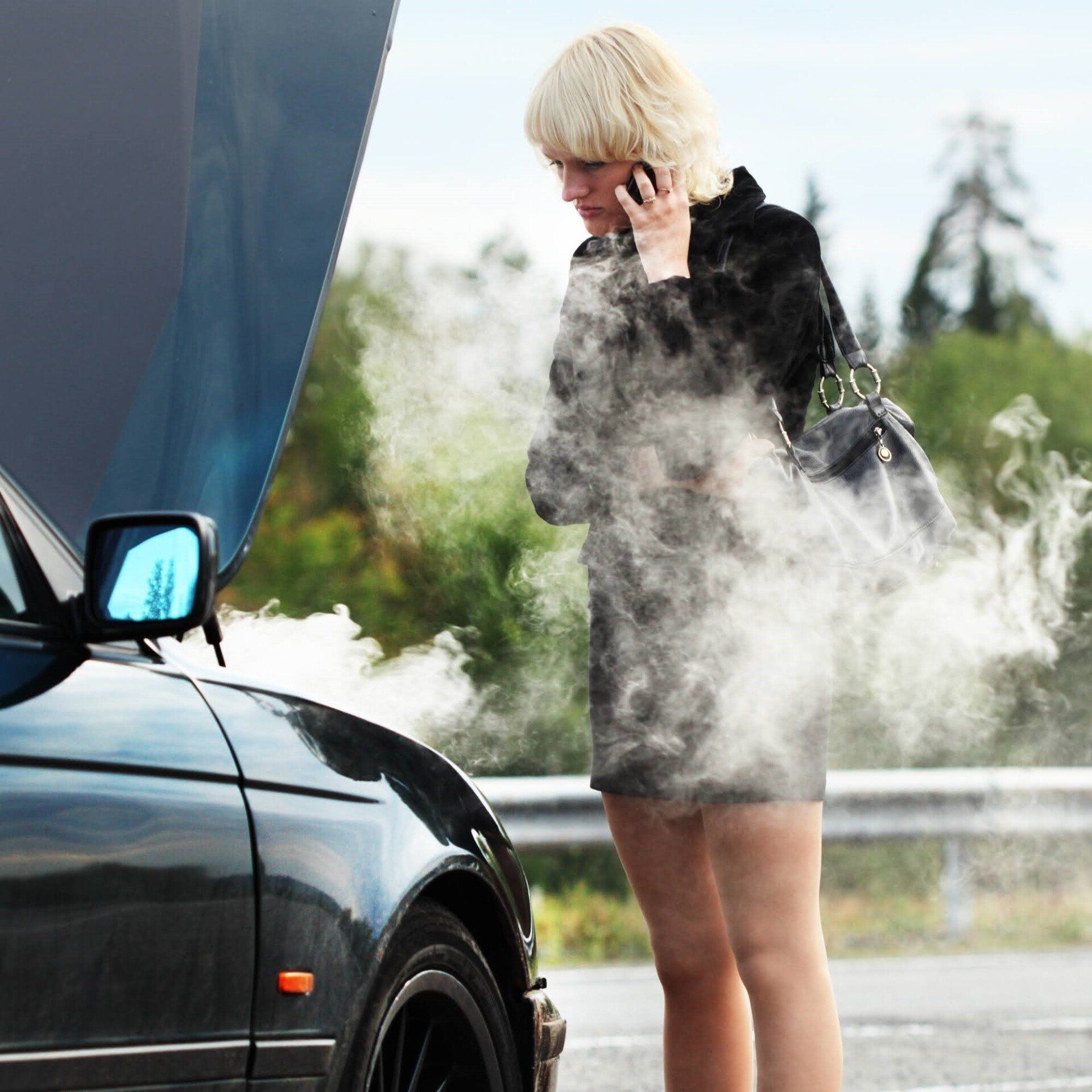3 Signs of a Damaged Handbrake Cable
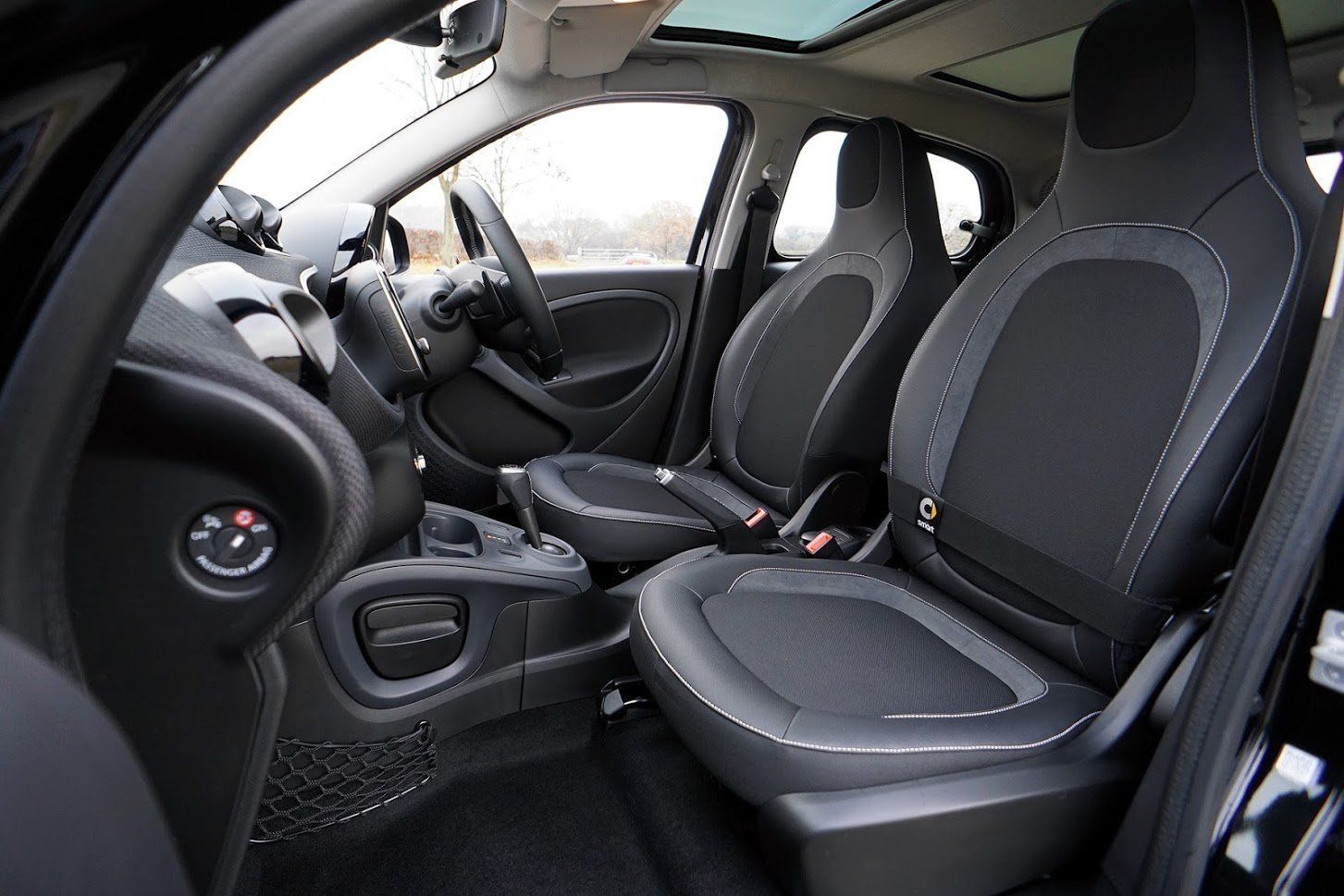
Your handbrake relies on cabling connections to work. When you apply this brake, its cables apply braking force to your wheels so that your car stays in a stopped position.
These cables don't last forever. They can corrode, stretch, move out of position and even snap. While a basic problem might just make your handbrake less responsive than usual, a more serious fault could disable the whole system.
If one of your cables has a problem, then your handbrake's dashboard warning light might come on. However, this light could indicate a range of problems in this system. For example, your fluid levels might be low, or you might have a loose connection.
To pinpoint if the problem lies with a cable, look out for other common signs of a fault. How can you tell if your handbrake has a cable problem?
1. THE HANDBRAKE FEELS DIFFERENT
You get a feel for how your handbrake works when you use it. Its handle should pull up and push down smoothly yet with some resistance. It should lock firmly into position when you engage or disengage it.
Sometimes, a stretched, loose, misaligned or snagged cable affects the feel of your handbrake. For example, it might feel stiffer than usual when you move the handle up or down. Or, the handle might feel loose and wobbly. You might need to put more effort into locking it into its on or off positions.
2. THE HANDBRAKE WON'T FULLY ENGAGE OR DISENGAGE
When you put your handbrake on, your car should remain stationary. The brake should prevent the vehicle from moving at all. When you disengage the brake, you can move again.
However, if you have a cabling problem, then the handbrake can't always fully engage. It won't completely lock the car's parking brakes on to their wheels.
If your handbrake can't engage your parking brakes, then your car won't stay still when you park it up. If you aren't on completely flat ground, the car might roll forwards or backwards.
While this gives you a parking headache, it also puts you in potentially hazardous situations. Your car could get damaged if it hits another vehicle because it keeps moving. If it rolls out of control, it could hit someone or cause a traffic accident.
You also run into problems if your handbrake doesn't fully disengage. If your cable doesn't pull the brakes completely off your wheels when you turn your handbrake off, then you'll feel some drag when you drive. The brakes are still partly on the wheels; they slow down wheel rotations.
So, you won't reach expected speeds, and your car might feel sluggish and unresponsive. You might also hear squeaking noises from around one or both of your back wheels.
These wheels might also feel hotter than normal. If brakes stick on moving wheels, then they can create friction heat.
3. THE HANDBRAKE STOPS WORKING
In some cases, a faulty handbrake cable causes a more serious problem. If the cable has stretched too much to work effectively or if it breaks, then your handbrake might lock into one position. You might not be able to turn it on or off.
If you can't use your handbrake at all, then your car might lose its parking brakes completely. If the handle sticks in the on position, then you'll effectively drive with engaged brakes. If you do this, you risk further damage to your overall braking system, its associated parts and your tyres.
If you have any concerns about your handbrake or its cables, then get in touch with Stopmaster Brakes. If you have a damaged, overstretched or broken cable, then we can replace it for you quickly to get your handbrake working safely again.

